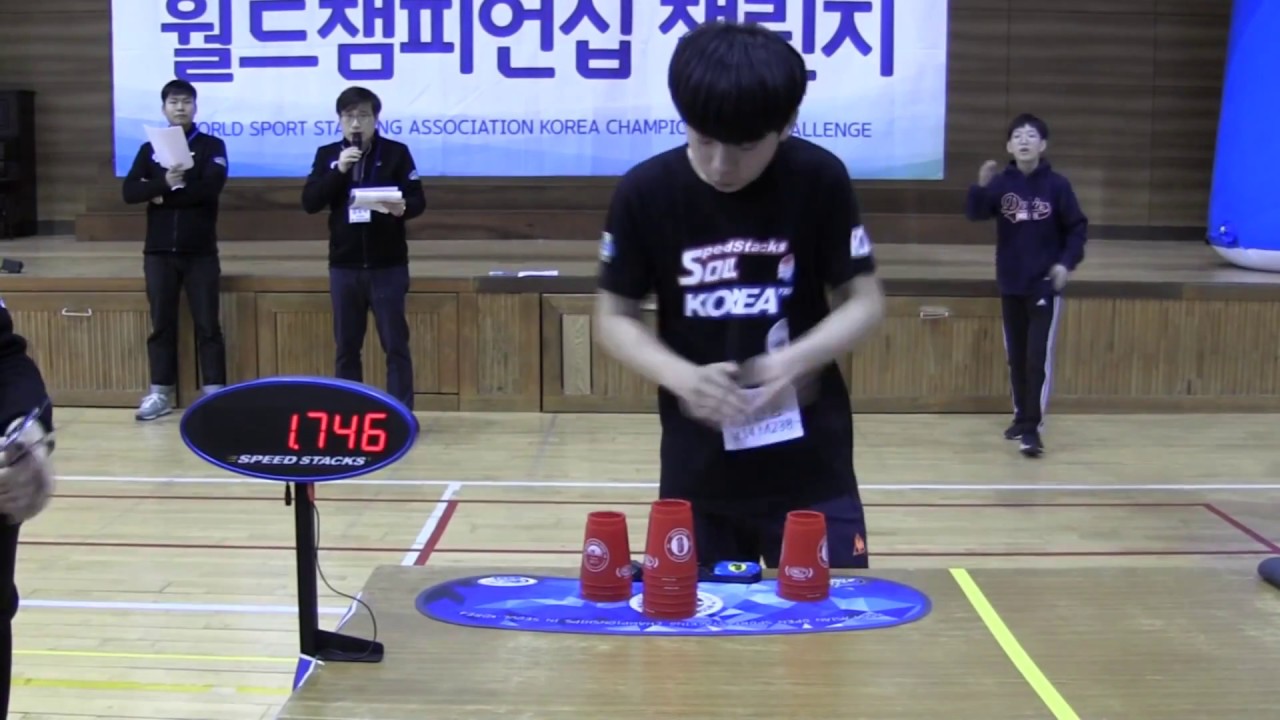Man, when I first grabbed a set of those plastic cups, I thought, “This 3-6-3 thing? It’s just stacking. Easy.” I was so wrong. Dead wrong. I started this whole journey because I needed something fast, something demanding real hand-eye speed, and boy, did I get it.

I ripped open the box—it was one of those official Speed Stacks kits, felt good and slippery. I watched maybe a hundred YouTube clips, slowing down the pros—those guys look like their hands are moving in fast-forward. I slammed the timer down and started my first serious run.
The Grind of the Up-Stack
The 3-6-3 is deceptively simple in concept. You start with three cups on the left, six in the middle, and three on the right. You build three pyramids and then take them down. Simple, right?
My first attempts were a disaster. Seriously. I would try to pull the three on the left, but my thumb would snag the rim, and the whole thing would tumble. That was my first week: just listening to the sound of plastic crashing back onto the table, over and over again.
I realized quickly that the key wasn’t the speed of the hand but the speed of the release. You have to pull that cup and snap your wrist back instantly. For the center six, that initial pull is murder. You need the perfect amount of space on the table. If they are too close, you bump the next stack over. If they are too far apart, your arms stretch too much, and you lose critical milliseconds.
I started tracking my times manually, using the clock on my phone, ignoring the fancy official timing mat at first. Why? Because I didn’t want the discouraging reality hitting me yet. My average time for a clean, stable 3-6-3 was floating somewhere around 4.5 seconds. Four and a half seconds! The world record? It hovers in that absurd zone below 1.5 seconds. You read that right. Below 1.5 seconds. That is inhuman speed.

Chasing the Ghost Time
I started breaking down the movement. The pros execute the up-stack in maybe 0.7 seconds. My best was 1.5. I needed to shave off half my time just on the build up. The six-stack was the bottleneck. I practiced the six-stack alone maybe 500 times a day for two months.
Here’s the breakdown I followed:
- The Center Six: Use the index finger and thumb to grab the top cup, pulling the stack up and out quickly. The next cups fall into place. If you push instead of pull, it’s over.
- The End Stacks: These have to happen simultaneously. Left three and right three. They need to be perfect mirror images. I spent hours just drilling the symmetry.
- Transition: This is where I often choked. You finish the three stacks, clap your hands (or just touch the table, depending on the ruleset), and immediately pivot to the down-stack.
Once I finally bought the official timing mat—my wallet screamed, but I needed the accurate feedback—my times stabilized. I hit 2.8 seconds. Then 2.6. I was stuck there, firmly in the “decent amateur” zone. I hit that wall for weeks. That extra second I needed to approach that crazy 1.4-second territory felt like a physical barrier, like I was trying to break the sound barrier with my fingers.
I realized how the pros achieved that sub-1.5 second mark. It wasn’t just speed; it was precision friction. They use special techniques to ensure the cups slide over each other just so, generating minimal resistance. It’s insane engineering married to athletic dexterity.
Why I Needed to Know the Fastest Time
You might be wondering why I, a guy whose day job involves spreadsheets and meetings, suddenly dedicated half his free time to slamming plastic cups. It connects back to a really stupid, humiliating incident a couple of years ago.

I used to work in a distribution center, overseeing the inventory system. One afternoon, I was walking past the main packing line, holding a cup of coffee and simultaneously trying to check my work schedule on my phone. Clumsy doesn’t even begin to cover it. I tripped over a misplaced pallet, spilled hot coffee everywhere—luckily missing my face—and dropped my phone, which cracked into a thousand pieces.
My manager, this skinny, overly competitive guy, saw the whole thing. He didn’t ask if I was okay. He just looked at the mess, shook his head, and said, “Man, you’ve got zero hand-eye coordination. You probably couldn’t catch a cold if you tried.”
That stupid comment, meant to be a throwaway insult, stuck with me. It bugged me for months. I needed to prove that my hands could move with purpose and precision. I decided I needed to find the most challenging, fastest coordination activity there was. I considered juggling, but speed stacking was faster, measurable, and highly competitive. I wanted to see exactly what peak human coordination looked like, hence the absolute obsession with checking and challenging that official 3-6-3 world record time.
Even though I’m still miles away from that 1.4-second ghost, just hitting 2.3 seconds felt like a personal victory against that idiot manager. It proved I could master something requiring genuine, frantic coordination. And that’s why I’m still practicing the 3-6-3 every morning before the coffee machine even warms up. Because I needed to show myself I could move faster than I could fall.
